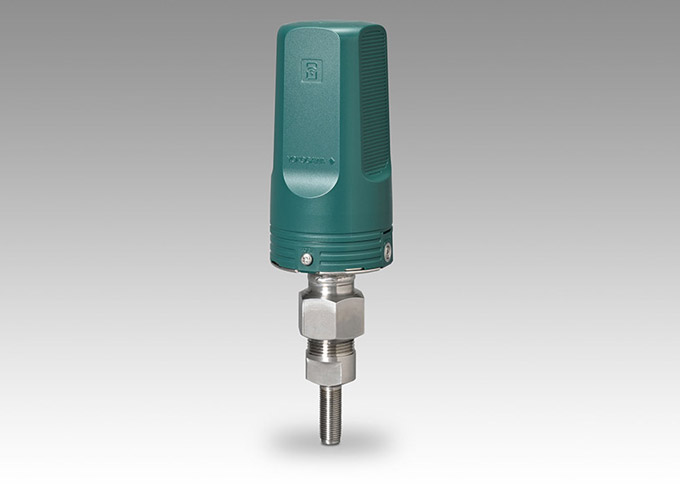Yokogawa Electric Corporation has announced the addition of a new wireless steam trap monitoring device to the Sushi Sensor lineup of solutions in the OpreX Asset Management and Integrity family.
This new product complies with the ATEX directive and is available in Malaysia, Singapore, Thailand, and Saudi Arabia from today. It will be later released in the US, Europe and India in compliance with IECEx, FM, and other explosion-protected standards.
The wireless steam trap monitoring device
The Sushi Sensor is a wireless solution for industrial IoT that offers excellent environmental resistance and wide-area coverage capabilities. First launched in 2008, Sushi Sensor is used in a wide range of industries, and more than 30,000 units have been shipped to date.
Development background
Steam traps are installed on steam distribution pipes, heat exchangers, humidifiers, sterilisers, tracers, and other equipment to remove condensate and ensure efficient heat transfer. While this will depend on the scale of the plant in question, losses from failures in steam traps can reach tens of thousands to millions of US dollars annually. Currently, in most instances, workers are responsible for inspecting and monitoring steam traps wherever they have been installed. While the installation of an automatic monitoring system is an effective way to reduce this inspection workload, the cost of installing such systems has been cost prohibitive.
In addition, there is the need to monitor not only the status of steam traps, but also a wide range of related equipment. In response to these needs, Yokogawa has joined forces with the thermal utility engineering firm Armstrong International Inc. to develop this steam trap monitoring device.
Product features
This product leverages the following features to support the monitoring of steam traps. By facilitating the timely detection of failures in steam traps, it can significantly reduce energy loss. When used in combination with the other wireless pressure sensors, wireless temperature sensors, and wireless vibration sensors in the Sushi Sensor lineup, this device enables the monitoring of a wide range of equipment.
*Automatic detection of steam trap status
This device utilises a high-quality temperature sensor and an acoustic sensor to detect the status of steam traps. It can be used in environments with a maximum steam temperature of 440°C.
*Lower wireless network construction costs
The use of long-range wireless LoRaWAN communication gives this device the ability to communicate at distances of up to around 1km, enabling the monitoring of equipment over a wide area. These monitoring devices can thus be easily installed wherever steam traps are located, and can be connected to a single gateway, thereby holding down network construction costs.
*Better consistency in inspection quality and less time spent on on-site inspections
The use of Yokogawa’s on-premise GA10 data logging software (purchased separately) or other similar cloud-based software will enable the centralised monitoring of steam traps and other equipment wherever they are installed around a plant. Not only will this make for greater consistency in inspection quality, it will mean that on-site inspections do not need to be carried out as frequently.
Hiroshi Tanoguchi, a Yokogawa Electric Vice President and Executive Officer, and head of the Yokogawa Products Headquarters, said: “With this release, we have enriched the Sushi Sensor family of solutions and made it possible to construct networks efficiently and at a lower cost. In the future, we intend to provide this as an energy monitoring solution.
“Based on steam trap status, this will enable the calculation of projected energy losses in monetary terms and facilitate the creation of maintenance plans, with the priority on high-risk equipment. Through the provision of such highly convenient solutions, Yokogawa is helping its customers reduce their emissions of greenhouse gases and hit their ESG management targets.” --TradeArabia News Service































